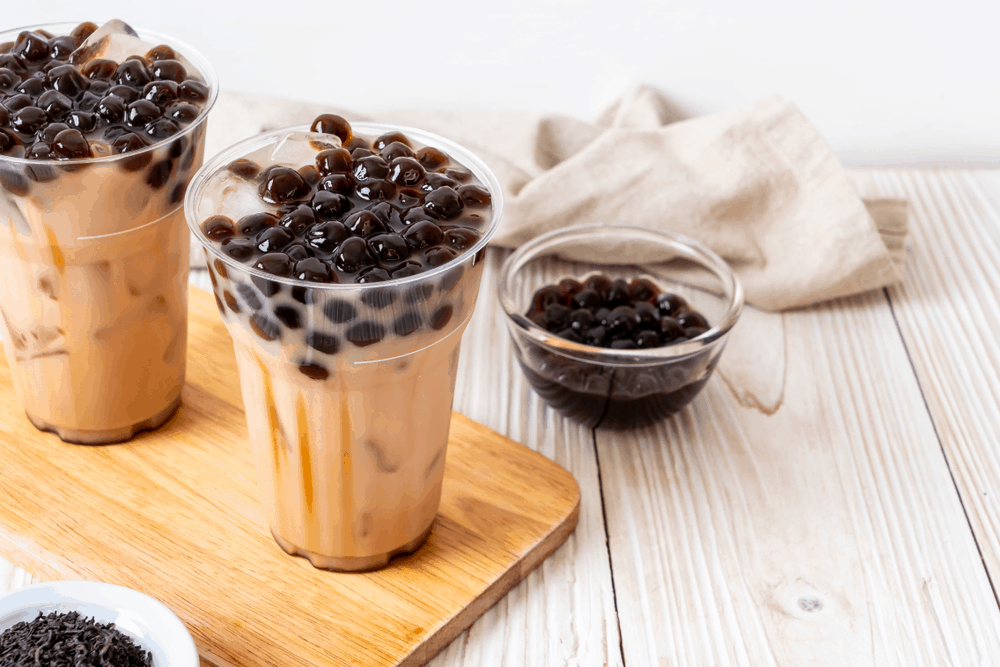
CNN “Bubble tea, the insanely popular Taiwanese drink that’s taken the world by storm in recent years.” According to a recent research, the bubble tea industry is anticipated to grow from almost $2 billion to a massive $4.3 billion by 2027. Germany, for example, added bubble tea to its McDonald’s menu back in 2012. (Read more: CNN: The rise of bubble tea, one of Taiwan’s most beloved beverages)
Two Origins of Bubble Tea
Two teahouses in Taiwan claimed to have invented bubble tea in the 1980s. One of the them is Chun Shui Tang Teahouse, which is in Taichung, and the other one is the Hanlin Teahouse in Tainan. (Read more: How bubble tea, or boba, went global – and who first thought of putting chewy tapioca balls in it?)
The founder of Chun Shui Tang Teahouse, Liu Han-Chieh, first came up with the idea of serving Chinese tea cold in the early 1980s after visiting Japan where he saw coffee served cold. Then, his product manager, Lin Hsiu Hui says she created the very first bubble milk tea at a staff meeting in 1988. Just for fun she poured “fen yuan”, the typical Taiwanese dessert, into her Assam iced tea and drank it. Everyone at the meeting loved the drink and it quickly outsold all of the other iced teas within a couple of months.
Another origin Hanlin, owned by Tu Tsong He, his first bubble tea shop, opened in October of 1986. He made tea adding traditional white fenyuan which look just like pearls, that’s why “bubble tea” also called “pearl tea.” Shortly after, Hanlin changed the white fenyuan to the black version that is known today as boba.
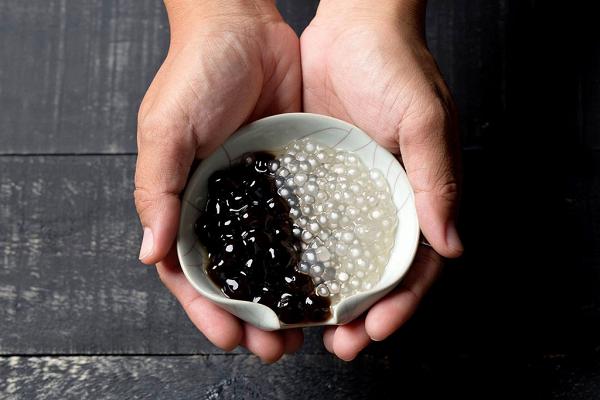
The Craziness of Boba by Japanese
From Taiwan, bubble tea spread to other Asian countries and communities around the globe. “First is the boom in travel to Taiwan,” explained an analyst of the food industry. Taiwan was a Japanese colony between 1895 and 1945. He added that entry into Japan of several popular chains from Taiwan, including Chun Shui Tang, Goncha (2015), CoCo (2017), The Alley (2017) and CHA NUNG (2019), helped raise the beverage’s visibility.
Japan may have been slow to pick up on the bubble tea trend, but the city Tokyo is quick to take advantage of the boba craze. From tapioca pearls drenched in fresh cream to a boba dessert, Tokyo scores high on ingenuity when it comes to boba-inspired food.
Boba Toast
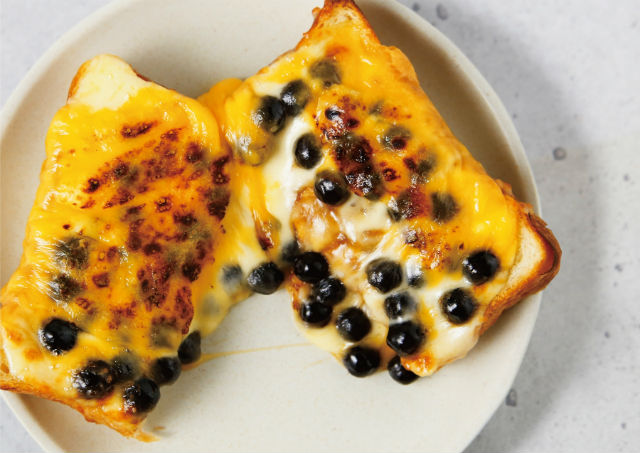
https://grapee.jp/en/141350
Boba Soufflé Pancakes
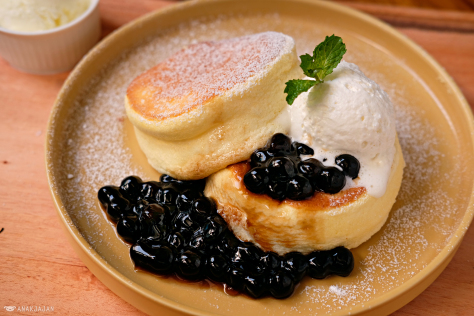
Original image from
https://anakjajan.com/2019/04/07/pan-co-japanese-fluffy-pancakes-jakarta/
Boba Onigiri (Rice Balls)
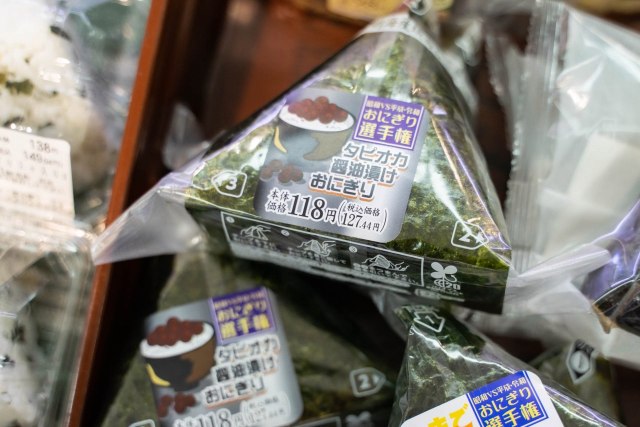
Original image from
https://soranews24.com/2019/12/16/tapioca-onigiri-brings-boba-to-the-world-of-rice-balls/
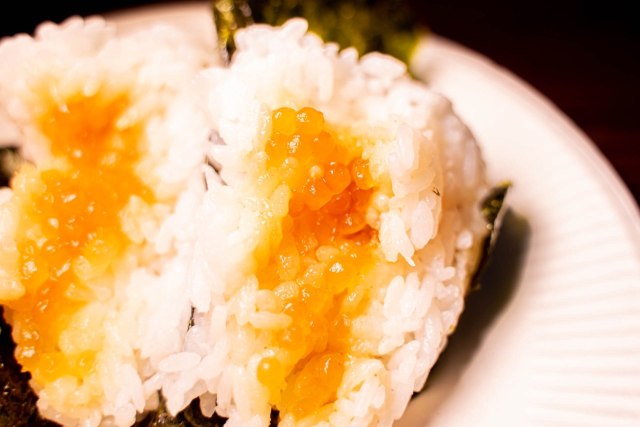
Original image from
https://soranews24.com/2019/12/16/tapioca-onigiri-brings-boba-to-the-world-of-rice-balls/
Boba Ramen
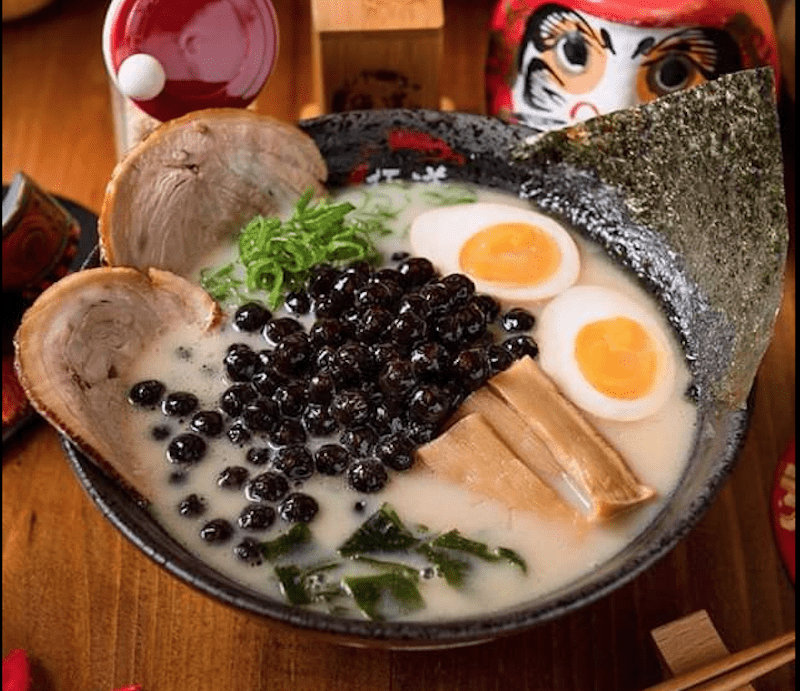
Original image from
https://sethlui.com/takagi-ramen-frothtea-bubble-tea-singapore-april-2020/
Boba Pizza
Boba Sushi
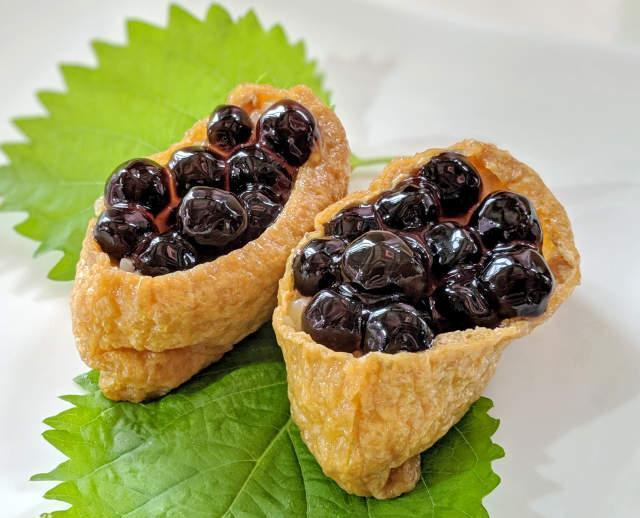
There are still lot more bizarre boba-related food you can’t even imagine… (Read more: 12 dishes to try in Asia for the boba-obsessed)
Bubble Tea in Different Country
Milk tea is one of those basic drinks you can find in most countries that you visit. Each country has its own style of preparing their drink, let’s take a closer look at some signature milk teas you can find all over the world. (Read more: This Is What A Cup Of Tea Looks Like In 22 Different Countries)
Thai Milk Tea
Thai tea is made from strongly brewed Ceylon tea, or a locally grown landrace (traditional or semi-wild) version of Assam known as Bai Miang (ใบเมี่ยง). Thai milk tea stands out with its distinct orange color it is often steeped with other ingredients like orange blossom water, star anise, crushed tamarind seed, cardamom, or tamarind.
The tea is sweetened with sugar and condensed milk and served chilled. Evaporated milk, coconut milk or whole milk is poured over the tea and ice before serving to add taste and creamy appearance.
Indian Spiced Milk Tea (Masala Chai)
Masala chai (“mixed-spice tea”) is a flavored tea beverage made by brewing black tea with a mixture of aromatic Indian spices and herbs. Masala chai is traditionally prepared with green cardamom pods, cinnamon sticks, ground cloves, ground ginger, and black peppercorn together with black tea leaves.
Street vendors sell this type of tea in clay pots, and some people think that the clay dust actually adds to the flavor of the chai. (Read more: Bubble Milk Tea? Not for Indians)
British Milk Tea
Tea was first introduced to Britain from China in the 1600s. Anna the Seventh Duchess of Bedford started the “tea time” tradition of having finger sandwiches, cakes, and tea in 1840.
Legend has it that why the English drink milk with their tea, is because the china cups tea was served in were so delicate they would crack from the heat of the tea, and the milk was added to cool the liquid and stop the cups from cracking.
This is why, even today, many English people add milk to their cups before adding the tea. (Read more: Milk: Before or After Your Tea? & Royal butler finally settles tea or milk first debate – and reveals Queen’s favourite blend)
Hong Kong Milk Tea
Known as “Lai Cha” to the locals, Hong Kong style milk tea is also called Stocking or Pantyhose tea due to the long silk sieves through which the tea is filtered multiple times to reduse the bitterness and strengthen the tea flavour. (Read more: How Hong Kong-style milk tea became part of local culture)
Originated from England’s colonial rule over Hong Kong, from 1841 to 1997. In Britain, hot tea is brewed with Ceylon tea leaves and served with sugar and regular milk. But the Hong Kong style milk tea uses a much stronger blend of tea mixed with full-cream condensed milk for extra smoothness and aroma. Every cafe and restaurant has their own secret recipe.
The most common tea leaves are Ceylon and Pu Lei (Yunnan black tea). The flavor of Ceylon is bold and brisk and adds fragrance and a strong taste. The Pu Lei is dark, mellow and rich, perfectly balancing the Ceylon tea. Blending with the evaporated milk reduces the bitterness of the tea and mellows the taste.
Taiwanese Bubble mix with Hong Kong Milk Tea:
Bubble Brown Sugar Milk
In recent years, new variations of bubble tea have taken the world by storm. From creamy versions like coconut and taro to fruit ones like passion-fruit or peach. Brown sugar pearl milk is another popular treat in local Taiwan, a blend of fresh cold milk, brown sugar caramel and tapioca pearls, though there’s no actual tea. (Read more: 6 Things You Need To Know About The Brown Sugar Pearl Milk Trend)
You may think that “Bubble brown sugar milk” is a brand new creation by Tiger Sugar in late 2017. Date back to 1990s, Tapiocas has been put in milk as street vendors “Qing Wa Xia Dan”, which literally means “Frog Lay Eggs” in Taiwan’s night markets. The most famous one is “Chen San Ding” in Taipei is one of the brown sugar bubble tea pioneers, and “Jen Ju Dan” has helped spread the trend since 2010. (Read more: Taiwan bubble tea shop rumored to be closed after 15 years)
Qing Wa Xia Dan:
Tiger Sugar:
Jen Ju Dan:
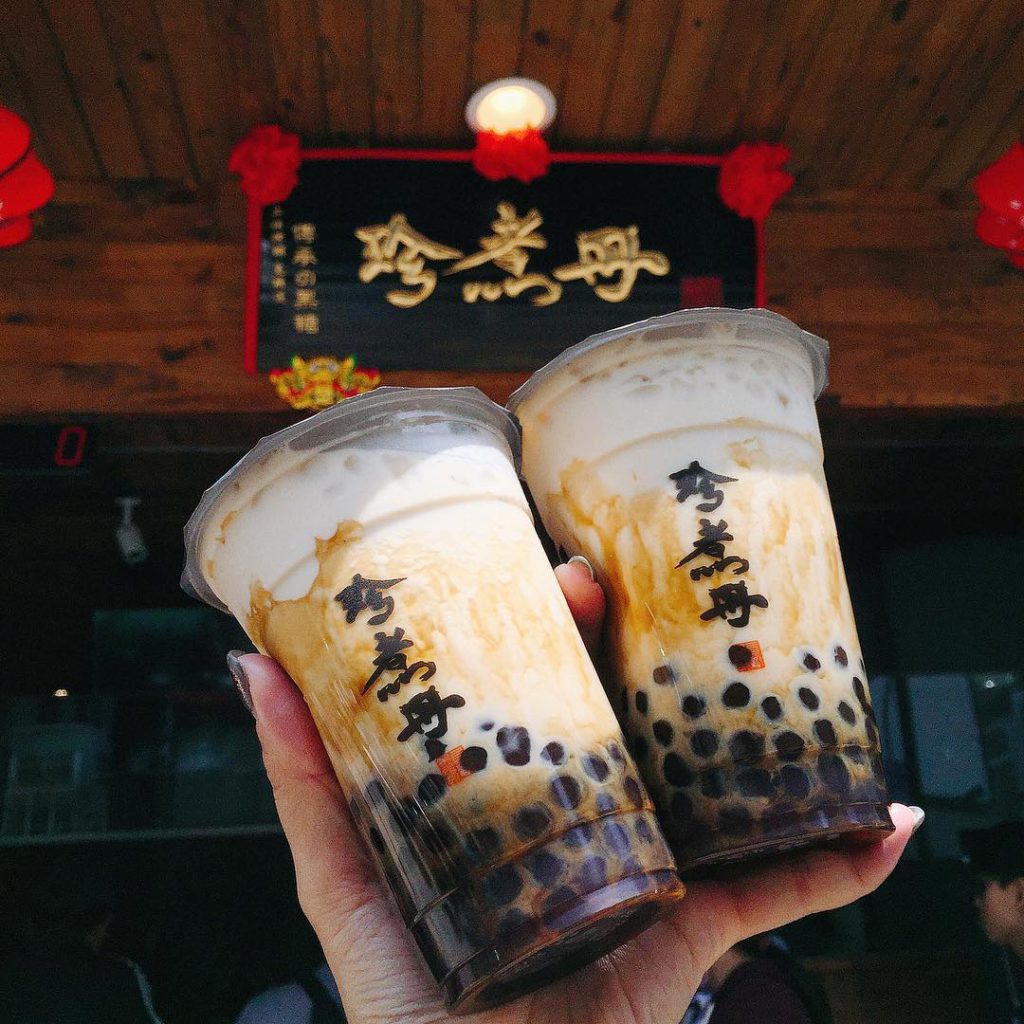
Original image from
https://www.packist.com/journal/post/190/top-6-bubble-tea-places-to-try-in-taiwan
留言